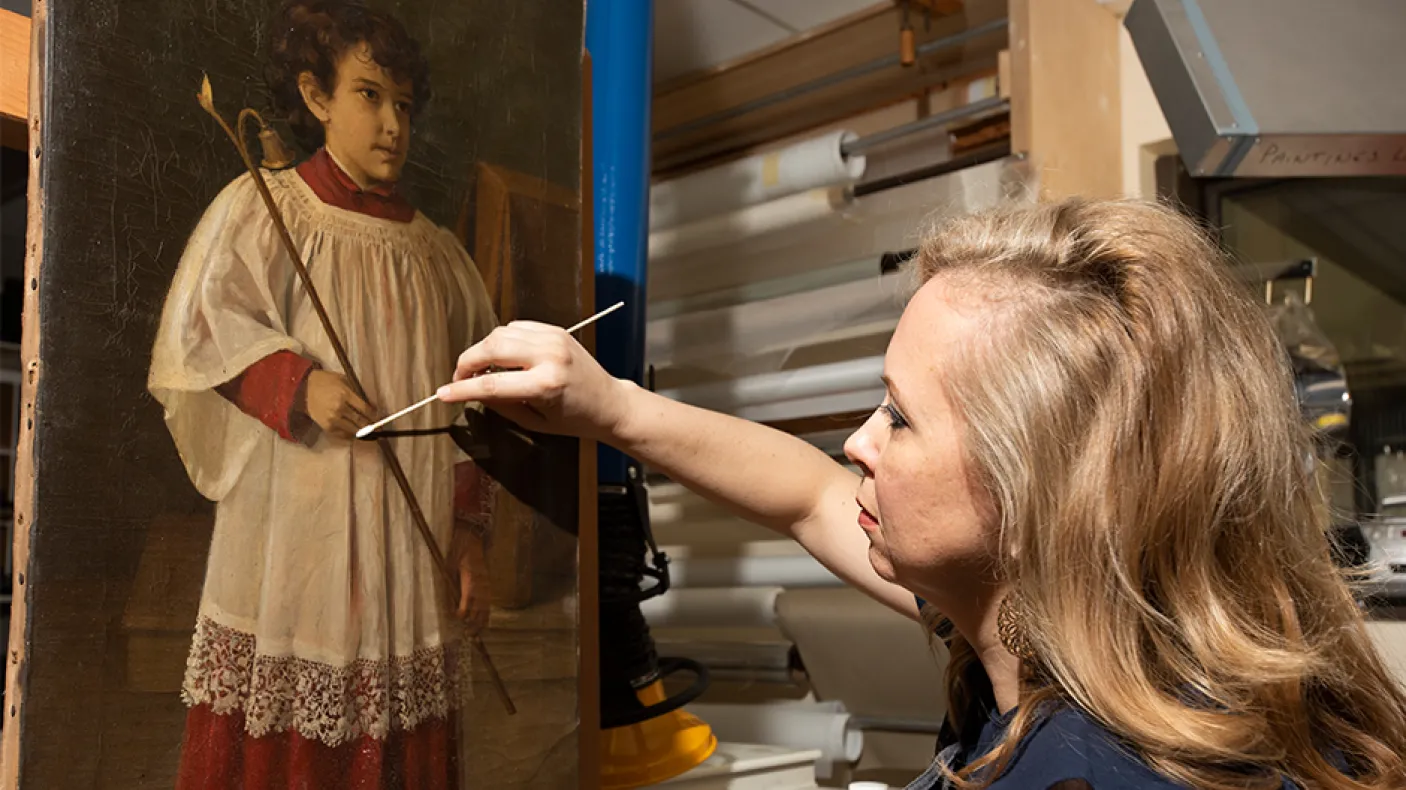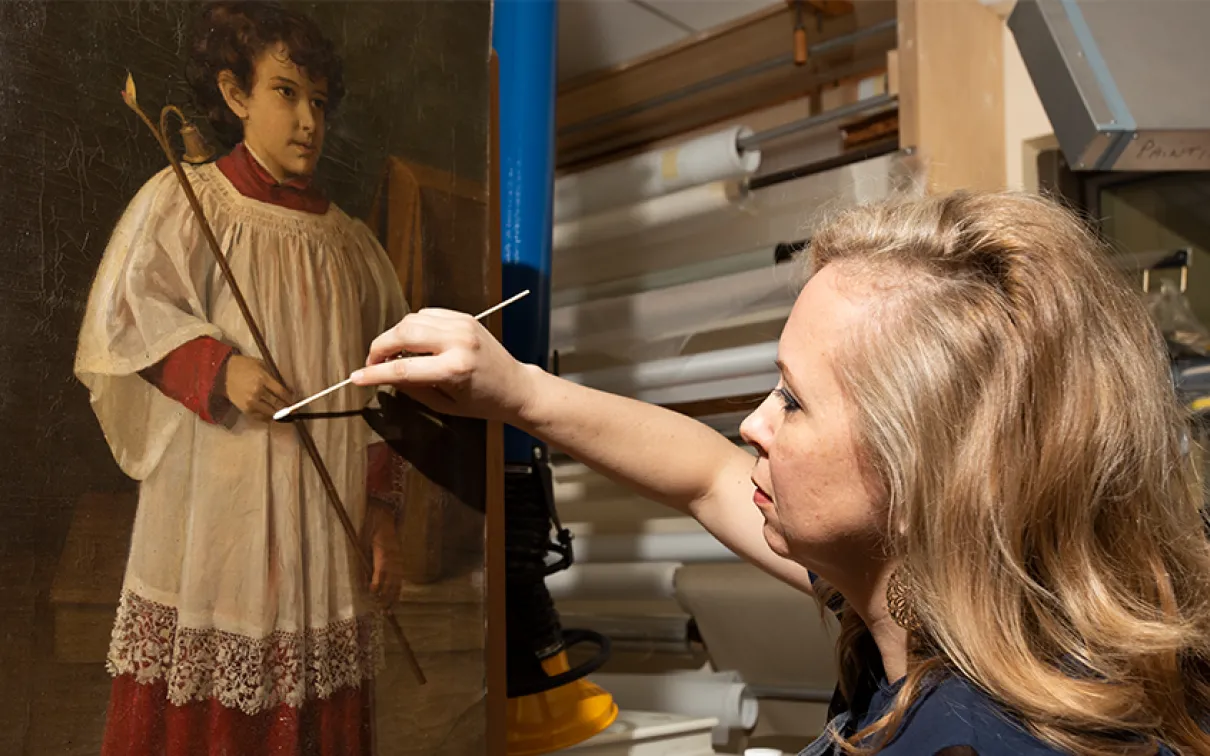The Glow From Within
The revolutionary painting techniques that define the Dutch Golden Age.
Published
Categories
The Dutch word gloeyend,
The Dutch word gloeyend, or “glowing,” evolved in meaning when it was used to describe Dutch portrait painting in the late-16th and 17th centuries. Through the contrast of warm skin tones and tinted shadows, the viewer’s eye is drawn into a plausible illusion of space; painterly techniques create a glowing from within.
But is the Dutch Golden Age solely defined by gloeyend? Technical contributions by art conservation studies provide additional examples of revolutionary changes in style, palette, and technique.
Style
The Mannerist period of Dutch landscape painting in the 16th century often depicted fantastical landscapes, with dramatic shifts in tone creating rapidly receding vistas. By the 1620s, this gave way to a more naturalistic style, which depicted recognizable scenes of the local countryside. Conventional techniques of complete underdrawings and coloured underpaints gave way to paintings derived from real-life drawings from nature. Limited tonal shifts are nowhere more apparent than in the winter landscape paintings (seek out Jacob van Ruisdael for both winter and warmer seasonal landscapes).
Palette
The 17th-century palette did not see a huge infusion of new pigments, save for Van Dyke brown which became a pivotal colour for many artists. Dutch painters paid closer attention to the organization of passages of colours on the painting, creating intense and pure contrasts of colour unlike the full picture-plane approach that follows in the subsequent centuries. This created a somewhat limited palette for artists, as they worked on what could be done on that day. Could this simplicity make for richer paintings? A Landscape in Brazil by Frans Post is one to consider.
Technique
Looking at the sculptural impasto and veiled shadows of Rembrandt’s brushwork, we can easily see why he resides at the pinnacle of the Dutch Golden Age. But how did he get there? Rembrandt did not have an exhaustive palette (a mere 16 colours). He laboured for months on paintings, delving back to build layers just as soon as the underlayer dried. He relied primarily on linseed oil as his binder, creatively adding certain pigments and heat-bodying oil to create the famous impasto. These aspects of his practice account for a soundness of technique that explains his position at the forefront of his 17th-century circle.
Heidi Sobol is Senior Paintings Conservator at the ROM.
Heidi Sobol is Senior Paintings Conservator at the ROM.



